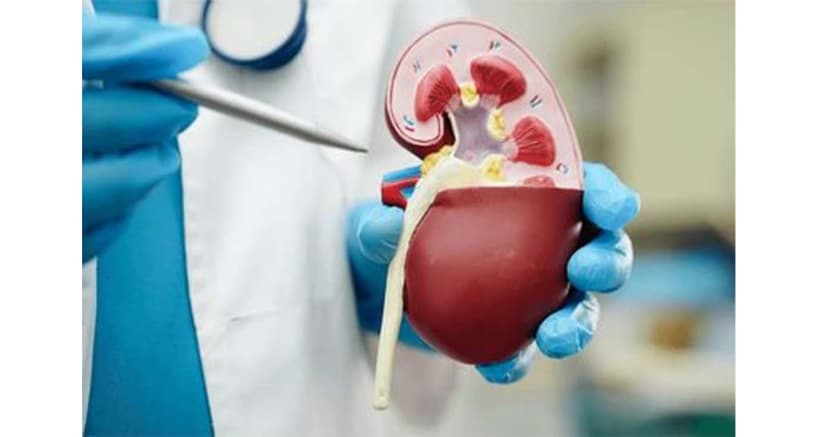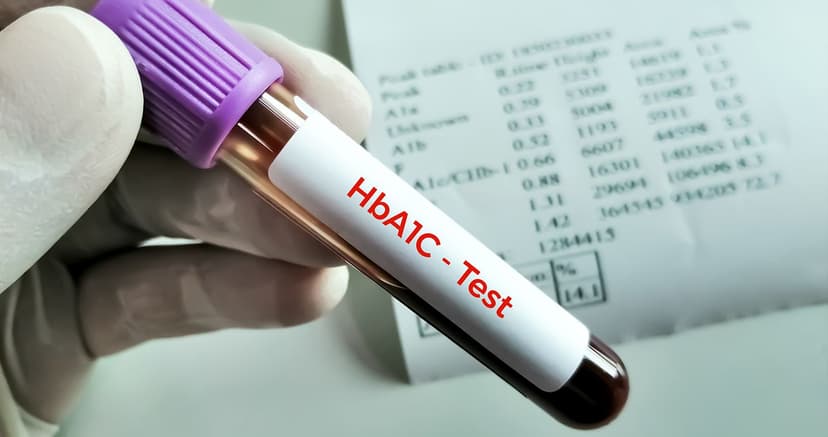Understanding the importance of early detection: A guide to breast cancer
By:
Apex Hospitals
12-07-2023 5 Min Read

What is breast cancer?
Breast cancer is a significant health concern that affects millions of women worldwide. In the 1990s, breast cancer was fourth on the list of the most frequent cancers in India. Today, it ranks first. According to some reports, a woman in India is diagnosed with breast cancer around once every four minutes. Both rural and urban areas of India are experiencing an increase in the incidence of breast cancer. Understanding the importance of early detection of breast cancer is essential to effectively combat this disease.
Breast cancer occurs when abnormal cells in the breast tissue grow and multiply uncontrollably, forming a tumour. While it predominantly affects women, men can also develop breast cancer, although it is relatively rare. This comprehensive guide will delve into the risk factors, causes, symptoms, screening methods, treatment options, and support resources available for breast cancer patients and survivors. Increasing awareness and knowledge about breast cancer, we can work towards its early detection and better outcomes.
Risk factors of Breast Cancer
Factors that are associated with an increased risk of breast cancer include:
- Gender: Females are more prone to develop breast cancer than males.
- Increasing age
- Having a personal history of breast cancer
- Having a family history of breast cancer
- Inheriting the genes that increase the chances of cancer
- Exposure to Radiation
- Being obese
- Starting periods at a very young age: getting your periods before age 12 increases the chances of getting breast cancer.
- Getting your menopause at an older age
- Giving birth to your first child after 30
- Women who have never been pregnant are more prone to breast cancer than women with at least one pregnancy.
- Taking hormone therapy after menopause
- Drinking alcohol
Common Symptoms and Signs of Breast Cancer
Recognizing the symptoms and signs of breast cancer is vital for early detection. While some women may not experience noticeable symptoms, others may observe changes in their breasts.
- Presence of a lump or thickening in the breast or armpit area.
- Changes in breast size or shape
- Skin changes, including redness or dimpling
- Breast soreness
- Nipple discharge
- A newly inverted nipple
It is important to note that other non-cancerous conditions can also cause these symptoms. However, if you notice any of these changes, it is crucial to consult a healthcare professional for a proper diagnosis.
Understanding the Different Stages and Types of Breast Cancer
Breast cancer can be classified into different stages and types, which determine the extent and characteristics of the disease.
Different types of stages of breast cancer are:
Stage 0: This stage is known as the non-invasive stage. This stage indicates that the cancer has not broken out of the breast ducts.
Stage I indicates that the cancer cells have spread to the tissues nearby the breast.
Stage II: The tumour is either less than 2 centimetres in diameter and has spread to the underarm lymph nodes, or it is more than 5 centimetres in diameter but has not spread to the underarm lymph nodes. Tumours at this stage can range from 2 to 5 centimetres in diameter and may or may not affect adjacent lymph nodes.
Stage III: The cancer has progressed beyond its original site at this phase. Although it has infiltrated neighbouring tissue and lymph nodes, it has not migrated to distant organs. Stage III breast cancer is often known as locally advanced breast cancer.
Stage IV: This stage is known as metastatic breast cancer. this stage indicates that cancer has spread to areas away from the breast, such as the lungs, brain or liver.
Types of Breast Cancer:
- Ductal carcinoma in situ (DCIS): It is a type of breast cancer that can progress to invasive breast cancer.
- Invasive ductal carcinoma: The cancer cells start in the ducts and subsequently spread to other regions of the breast tissue. Invasive cancer cells can also apply to other body parts, a process known as metastasis.
- Invasive lobular carcinoma: Cancer cells develop in the lobules and move to nearby breast tissues. These invasive cancer cells have the potential to spread to other places of the body as well.
The Importance of Early Detection in Breast Cancer
Early detection plays a pivotal role in improving the prognosis and outcomes of breast cancer. When breast cancer is detected early, it is more likely to be treatable and curable. Regular screenings and self-examinations are essential in identifying potential abnormalities in the breast tissue. Early stage breast cancer mammogram increases the chance of successful treatment and preservation of quality of life. It is crucial to raise awareness about the importance of early detection and encourage women to prioritize their breast health.
Overview of Breast Cancer Screening Methods
Screening methods for breast cancer are designed to detect the disease before symptoms manifest. The primary screening tools are mammography, clinical breast examinations, and breast self-examinations. Mammography is a low-dose X-ray examination that can detect breast cancer even before a lump can be felt. It is recommended for women aged 40 and above, and the frequency may vary depending on individual risk factors. Clinical breast examinations involve a healthcare professional examining the breasts and armpit area for abnormalities. Breast self-examinations, which can be performed at home, help women become familiar with their breasts and identify any changes. Regular screenings are crucial for early detection and improved outcomes.
Treatment of Breast Cancer
Breast cancer treatment depends on various factors, including the stage, type, and individual patient characteristics. The primary treatment modalities include surgery, radiation therapy, chemotherapy, targeted therapy, and hormone therapy. Surgery is often the primary treatment and involves removing the tumour and nearby lymph nodes. Radiation therapy uses high-energy beams to target and destroy cancer cells. Chemotherapy, targeted therapy, and hormone therapy are systemic treatments that can be administered before or after surgery to kill cancer cells or prevent their growth. The treatment plan is determined by a multidisciplinary team of healthcare professionals and is tailored to each patient's specific needs.
Understanding the importance of early detection of breast cancer is vital for improving outcomes and saving lives. By familiarizing ourselves with the risk factors, recognizing symptoms, and prioritizing regular screenings, we can increase the chances of detecting breast cancer early.
Related Articles
Connect with Us
Health in a Snap,
Just One App.
Know more




































































































